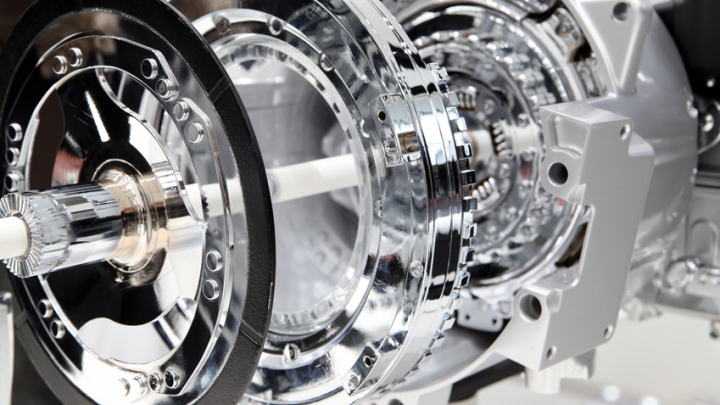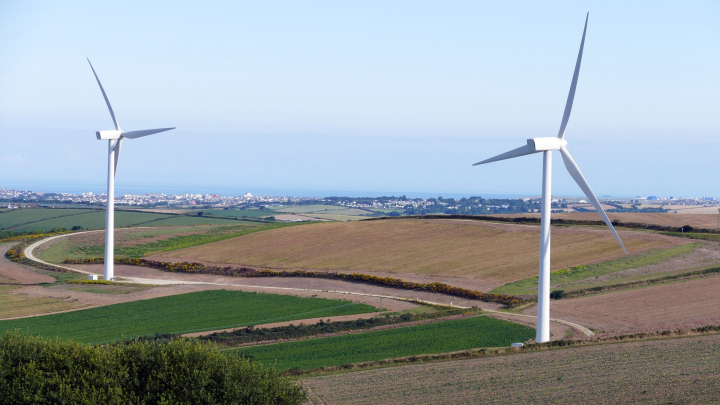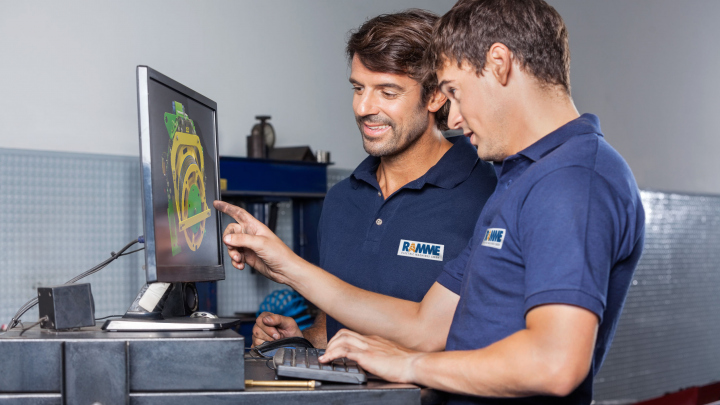Why PM technology?
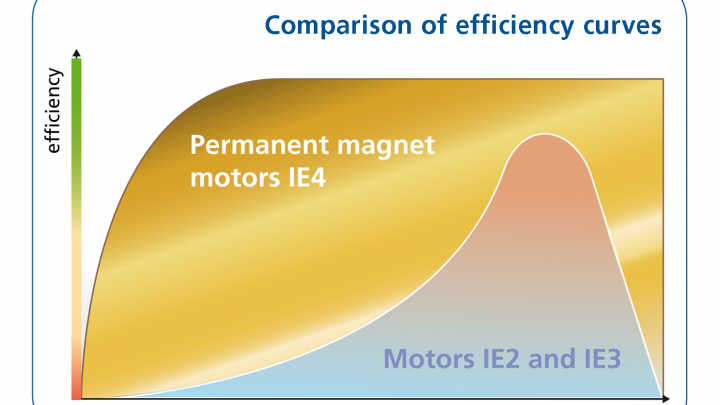
In contrast to conventional induction motors, the rotors of PM systems are fitted with permanent magnets made from an alloy of neodymium, iron, and boron. This leads to a huge improvement in the motor's efficiency as well as in increased energy efficiency. A motor equipped with state-of-the-art permanent magnet technology is generally 2–4% more efficient at full load than comparable induction motors.
The superiority of this technology becomes particularly apparent when used in the partial load range. Here, PM machines operate much more efficiently than the conventional competition.
The greater efficiency of motors with PM technology results from the fact that no power is lost in the rotor and that winding losses are reduced.
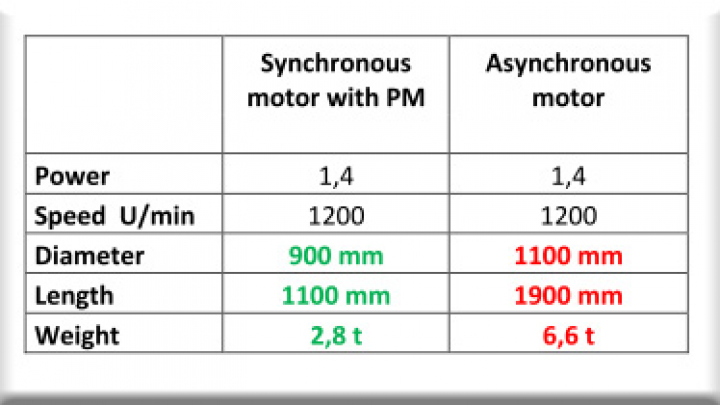
David versus Goliath
In order to adapt the efficiency of an induction motor to that of a PM motor, considerably more active material must be used. This inevitably leads to larger dimensions, and the increased amount of copper also makes the motor much heavier.
The greater efficiency that the conventional motor achieves results in a significant increase in weight and means that the overall system cannot be as compact.
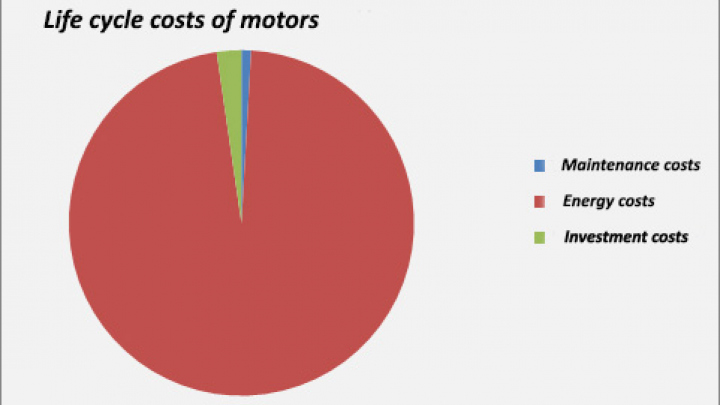
PM technology – an investment that pays
At 19.21 US cents per kWh, German industry was paying the second-highest price for industrial power in 2014. The leading global export nation was only beaten in this regard by Italy, where commercial consumers paid 21.01 US cents per kWh to produce their goods.
Competitors from the USA and Canada, on the other hand, were only asked to pay out half the amount for their energy costs. This constitutes a disparity that has a clear detrimental impact on German competitiveness in global markets.
A study conducted by Danfoss Bauer has revealed that the higher procurement costs associated with motors equipped with PM technology pay off more quickly than has generally been thought.
Depending on output, investment costs for a motor account for between 0.9% and 2.3% of the total costs incurred over the life cycle of the machine. The costs for maintenance and installation amount to between 0.1% and 0.9%. The lion's share of the costs is therefore swallowed up by the energy required to operate the motor. These costs alone are responsible for between 96.8% and 99% of all costs over the total lifetime of a machine.
Conclusion
The main potential for saving costs with an electrical drive therefore does not come from the procurement costs, but rather from the energy costs that are incurred over the life cycle.
